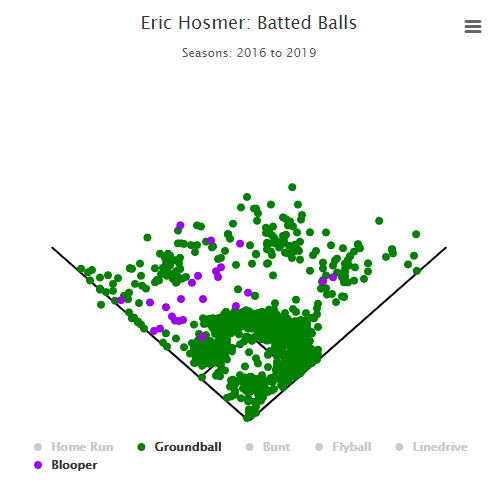Domingo Germán Won’t Pitch in the Postseason, but Baseball’s DV Loophole Needs to Be Closed
When ESPN’s Buster Olney reported on Friday that Yankees right-hander Domingo Germán will not pitch again this year, either in the regular season or the postseason, in the wake of a reported violation of the Joint MLB-MLBPA Domestic Violence Policy and a likely suspension, it was a instance of the league and the players’ union lucking into the right outcome. While players suspended for violating the Joint Drug Agreement by taking performance-enhancing drugs have been ineligible to participate in that year’s postseason since 2014, that’s not the case for those suspended under the DV policy introduced in August 2015. Not only does that make for a jarring incongruity given the relative severity of those transgressions, allowing recently suspended players to participate in the playoffs can lead to unsavory behavior on the part of teams, as we’ve seen multiple times since the policy was introduced. It’s time for the players and the league to close this loophole.
Germán was placed on administrative leave on Thursday in connection with an incident that reportedly took place at the pitcher’s residence late Monday or early Tuesday, after the pitcher and his girlfriend appeared at CC Sabathia’s charity gala. The 27-year-old righty, who in his first full major league season has emerged as a viable rotation cog, had pitched in relief of Sabathia on Wednesday night in preparation for a more flexible role come the postseason. The announcement of his placement on leave dimmed some of the luster of the Yankees’ victory over the Angels later that night, which not only marked their 100th win but clinched their first AL East title since 2012.
No police report was filed in connection with the incident at Germán’s residence, and no charges were filed. The incident was reported directly to the league, which, according to The Athletic’s Lindsey Adler, conducted a preliminary investigation on Tuesday and Wednesday, interviewing people around the team. While Yankees manager Aaron Boone said he heard “whispers” of an investigation on Wednesday, the team was not informed until Thursday morning that the pitcher had been placed on administrative leave. Via Adler:
“I learned on the drive in that he was going on administrative leave,” Boone said Thursday afternoon. “Heard some of the whispers and whatnot, but this is a Major League Baseball investigation and issue. We’re just trying to be as cooperative as we can while this goes on.”
A player can be placed on administrative leave for up to seven days, though that period can be extended; during that time, he is paid but not allowed to have any contact with his team. By inference, the mere placement of a player on leave means that the league and the union agree that the allegation in question is substantive — that there is enough evidence to merit preventing him from playing. As Adler noted, “[S]ources told The Athletic the union had the option to appeal his immediate placement on administrative leave but did not take the opportunity to do so.”
Not every player suspended under the policy was placed on leave beforehand, but it is worth noting that the only two of the 14 players investigated who were not suspended, Yasiel Puig and Miguel Sanó, did not require any leave, as the allegations pertained to incidents that took place in the offseason. Neither was ultimately disciplined due to insufficient evidence that they violated the policy. Read the rest of this entry »

